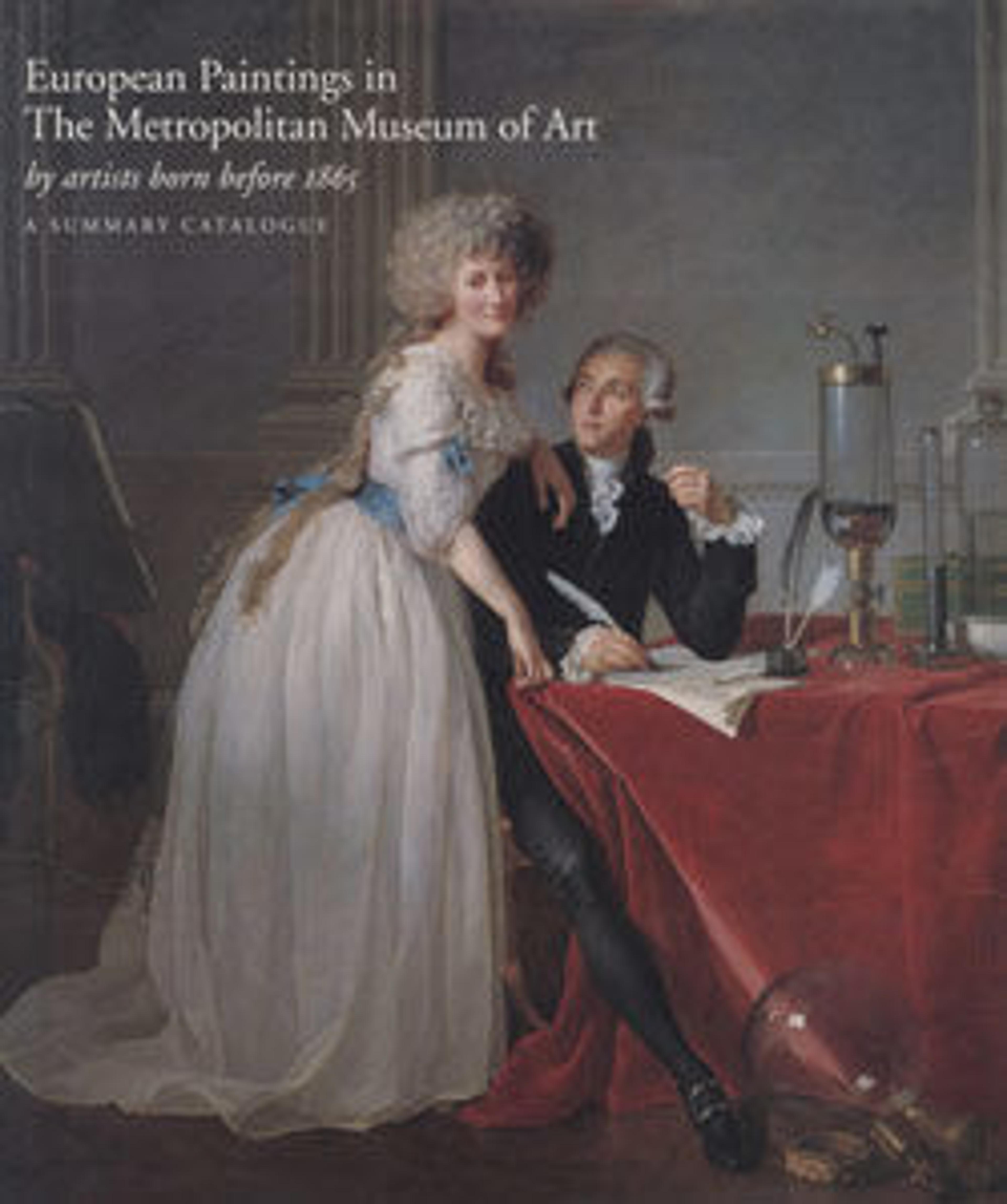Study of Two Heads
Rubens painted studies of heads after live models and artistic sources, creating a cast of characters that served in turn as models for figures in religious and mythological works. The main figure of this study served variously as a saint, a high priest, a river god, and the philosopher Plato. The other head, derived from one by Mantegna, had its own artistic afterlife. Rubens’s disciples Jacob Jordaens and especially Anthony van Dyck followed the same practice.
Artwork Details
- Title:Study of Two Heads
- Artist:Peter Paul Rubens (Flemish, Siegen 1577–1640 Antwerp)
- Date:ca. 1609
- Medium:Oil on wood
- Dimensions:27 1/2 x 20 1/2 in. (69.9 x 52.1 cm)
- Classification:Paintings
- Credit Line:Bequest of Miss Adelaide Milton de Groot (1876-1967), 1967
- Object Number:67.187.99
- Curatorial Department: European Paintings
More Artwork
Research Resources
The Met provides unparalleled resources for research and welcomes an international community of students and scholars. The Met's Open Access API is where creators and researchers can connect to the The Met collection. Open Access data and public domain images are available for unrestricted commercial and noncommercial use without permission or fee.
To request images under copyright and other restrictions, please use this Image Request form.
Feedback
We continue to research and examine historical and cultural context for objects in The Met collection. If you have comments or questions about this object record, please contact us using the form below. The Museum looks forward to receiving your comments.
